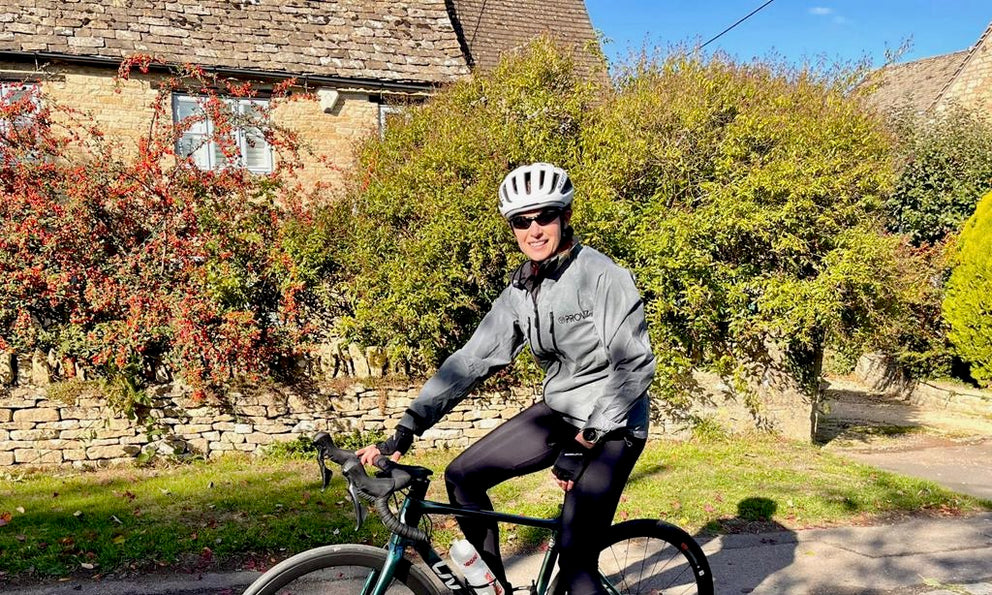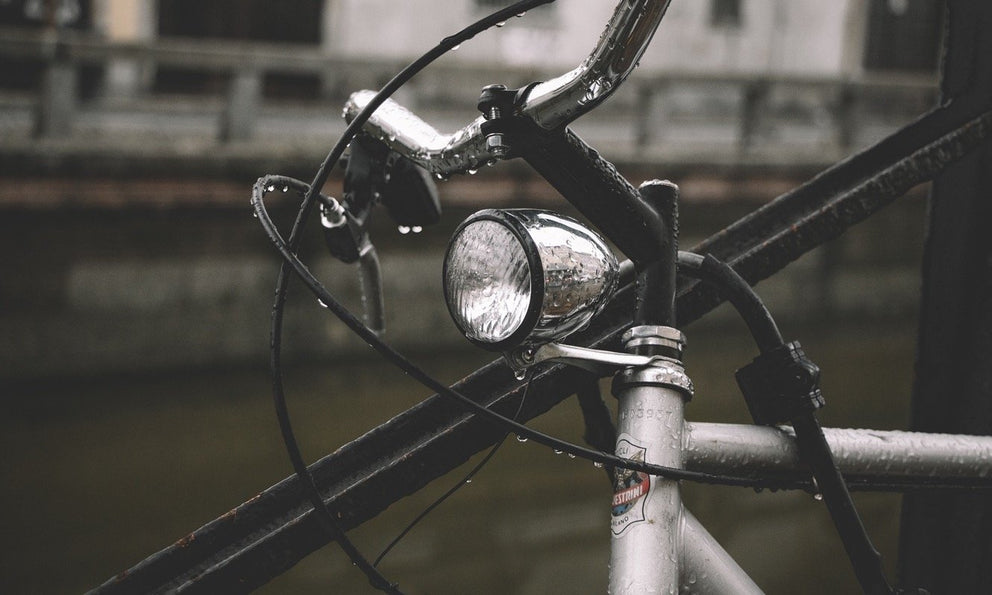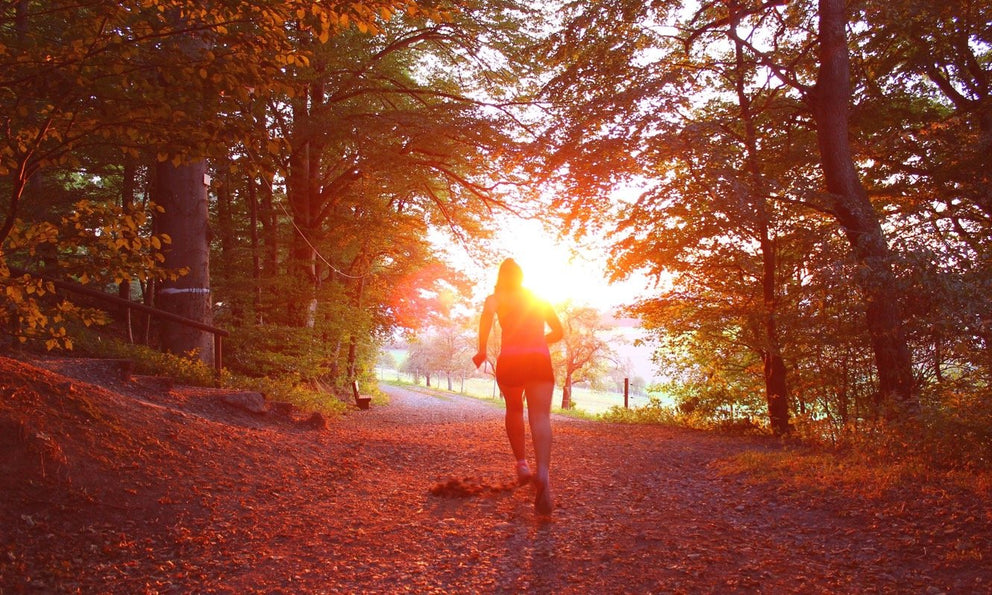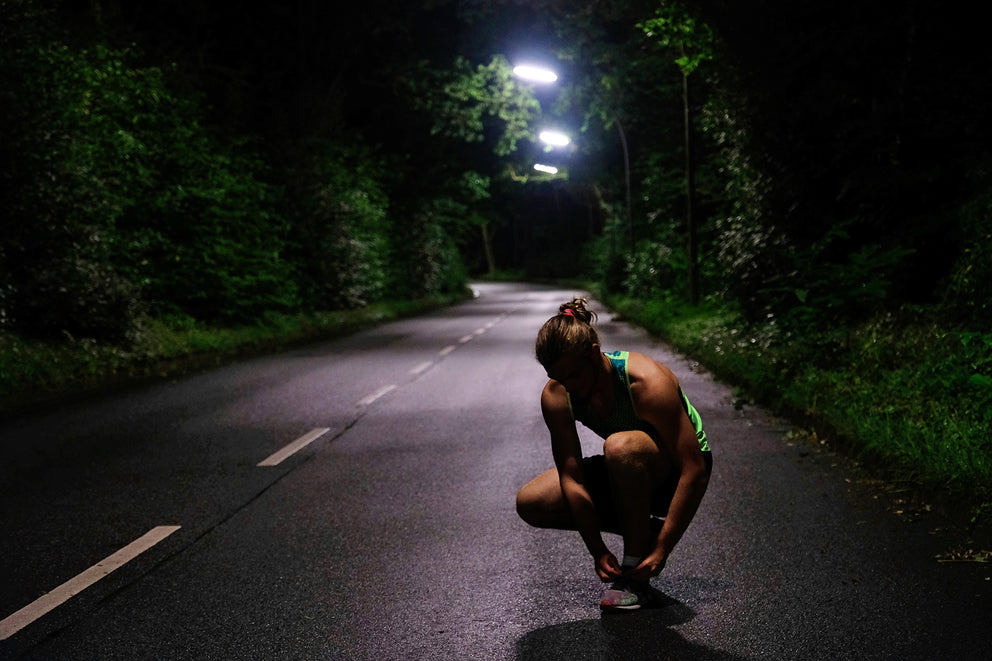Ain’t no mountain high enough for you and your bike? Or just starting out on a road that’s often rough, bumpy and muddy – in all of the best ways. Whatever your skill level, it’s important to know what to wear mountain biking. The right clothing and accessories are key for your comfort and safety when you hit the trails, so it’s something you’ll want to get right.
Road cycling vs mountain biking clothes: what’s the difference?
Road cycling and mountain biking both require clothing designed for comfort and performance. But the rougher terrain you cover on a mountain bike means your gear needs to withstand a harsher test. If you want to read more about what to wear for road cycling, check out our handy beginner’s guide.
Be it a bone-shaking trail, low-hanging branches or the occasional fall, you’ll want your mountain bike gear to be super flexible and offer more robust protection. Tougher, durable materials are better for resisting rips and tears, benefitting not only your safety, but also the longevity of your mountain bike clothes.
What to wear mountain biking: essential mountain bike attire
If you’re just starting out, you probably want to know exactly what to wear while mountain biking. We think there are some essential pieces of gear you need. The lingo’s important too, like shortening mountain bike to MTB. It’s hardly cracking the Da Vinci code, but now you’ll know what that means when you’re shopping for MTB clothes.
Mountain biking jerseys and tops
Mountain biking jerseys and tops don’t really differ too much from road cycling jerseys. They should be made from breathable, moisture-wicking fabrics for your comfort, although MTB jerseys tend to have a looser fit for better movement on tricky trails.
Mountain biking trousers or shorts
MTB trousers offer more protection from mud and branches, as well as scrapes and falls. However, you may want to wear shorts during the summer months or for more flexibility. If you go for shorts, it could be a good idea to take a spare pair of trousers with you in case the terrain’s a little tougher than you thought or some bad weather sets in.
Mountain biking jackets
A good MTB jacket does more than keep you warm and dry. It protects you against scrapes from things like branches, and lessens the impact of a fall. Materials are more rugged than regular cycling jackets, while still offering flexible movement. Like our waterproof mountain bike jacket does, which is also highly reflective to enhance your visibility wherever you find yourself.
Mountain biking gloves
Reflective waterproof gloves are another crucial piece of kit. There are two features to look out for in particular when you’re searching for the right pair of gloves. Full finger coverage is highly recommended for grip as well as protection, while good padding is essential for absorbing vibrations and protecting your hands.
Mountain biking helmet
A well-fitting helmet is non-negotiable when mountain biking. Falls and accidents happen, so protecting your head is of paramount importance. Getting the right fit’s vital for safety, as a helmet that’s too big or too small doesn’t offer the same level of protection. Look for a helmet that’s specifically designed for mountain biking and offers better coverage, especially at the back of the head.
Mountain biking pads and protection
No matter how good you get at mountain biking, accidents and injuries happen. To minimise their impact, get yourself some knee and elbow pads. They should be snug yet comfortable, while still allowing freedom of movement. You can also get protective shorts and trousers, while you may want to consider an all-in-one upper body armour suit with protection for your shoulders, elbows, chest and back if you’re hitting particularly challenging trails.
Mountain biking backpack
A good backpack is really useful for taking all sorts of things on your rides, meaning you can shred the trails without worrying whether you’ve got everything you need. Like some extra layers, a bit of food and plenty of water. It’s also a good idea to have things like a mini pump, spare inner tube and some basic tools, just in case you need to carry out any running repairs.
Clothes and gear that don’t fit well and are made from cheap materials are examples of what not to wear mountain biking. Stick to our guide and you’ll have the best chance of staying safe and comfortable when you hit the trails. Leaving you to worry about the best camera angle to get some great action shots, rather than your gear.
What to wear mountain biking - FAQs
What should I wear first time mountain biking?
For your first mountain bike ride, wear a moisture-wicking base layer paired with flexible, durable shorts or trousers. Add a breathable, slightly loose jersey, as well as a waterproof and windproof jacket if it’s cold and wet. A well-fitting helmet’s a must, along with gloves that have a good grip and padding. Sturdy shoes or boots designed for mountain biking are advised, as well as knee and elbow pads depending on the terrain.
Can you wear trainers to mountain bike?
Although you can wear trainers for mountain biking, especially as a beginner, they aren’t ideal for tough trails or technical rides. Trainers don’t have the same grip or support as footwear designed for mountain biking, which offer better pedal traction, protect your feet from rough terrain and are built to last longer.
Why do mountain bikers wear baggy shorts?
Mountain bikers often wear baggy shorts for a combination of comfort and protection – as well as style. Looser fitting shorts provide more freedom of movement than tight cycling shorts, which is important for manoeuvrability on challenging trails. Baggy shorts can also offer a little more protection from scrapes and scratches, especially those with padded liners. They can have pockets for convenience, and they also look cool, which is a crucial part of MTB culture!
Do I need padded shorts for mountain biking?
Padded shorts are highly recommended for mountain biking, particularly for longer rides or rough terrain. Bumps and falls are common, so a bit of padding can provide cushioning, along with some extra comfort in the saddle. The padding helps absorb shock and vibrations, which you can sometimes find integrated into shorts. You can also get a separate padded liner, which is popular among riders who wear baggy shorts.




 British designed
British designed











